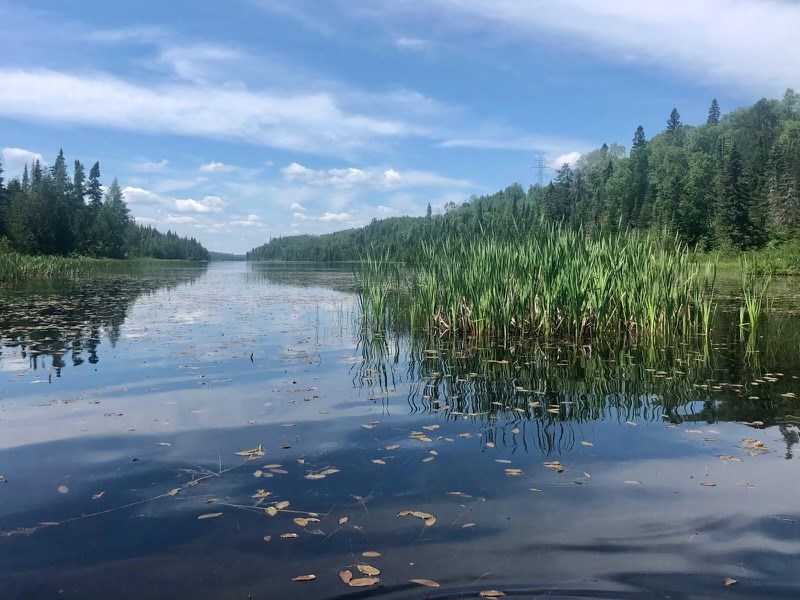SHEBANDOWAN — A small group of Shebandowan Lake camp owners opposed to the location of a portion of a new high-voltage power line say they may request a judicial review into the way in which the line is being permitted to proceed.
Last month the group lost its appeal of an earlier Ministry of Natural Resources decision to grant the Waasigan Transmission Line a variance so that the line does not contravene the existing Shebandowan Lake Management Plan.
In a June 20 written determination, MNR regional director Sylvain Levesque said the variance is "consistent" with the management plan, as long as Waasigan's proponent, Hydro One, meets certain conditions.
Those include establishing "setbacks" for lake-trout lakes, moose feeding areas and wetlands, in consultation with MNR staffers, Levesque wrote.
Levesque rejected the campers group's request for a third-party review of the issues.
In an email this week, Brant Muir, a spokesman for the campers group, said "we are exploring the possibility of initiating a judicial review of the MNR's decision, as we believe the approval of this variance fails to uphold the protective intent of provincial and federal environmental regulations" for protecting wildlife and water quality.
The group has long maintained that Hydro One could make use of an existing nearby corridor that is located farther away from the lake.
Meanwhile, construction has started on some phases of the $1.2-billion Waasigan project, including right-of-way preparation and access road development.
"We have successfully negotiated voluntary agreements with the majority of landowners along the line's route, and we remain hopeful we can reach voluntary agreements with the remaining landowners through ongoing engagement," a Hydro One spokeswoman said this spring.
To be built in two phases, Waasigan is to transmit 350 megawatts of electricity mostly in areas west of Thunder Bay — "enough to power Thunder Bay, twice," Hydro One claims.
The first phase, a double-circuit 230-kilovolt line between Shuniah and Atikokan, is planned to be in service by the end of this year.
Phase two, which will be completed two years later, involves a single-circuit 230-kilovolt line between Atikokan and Dryden.
The Chronicle-Journal / Local Journalism Initiative
